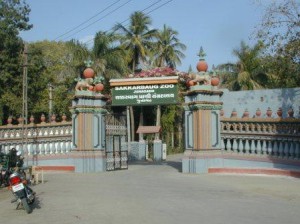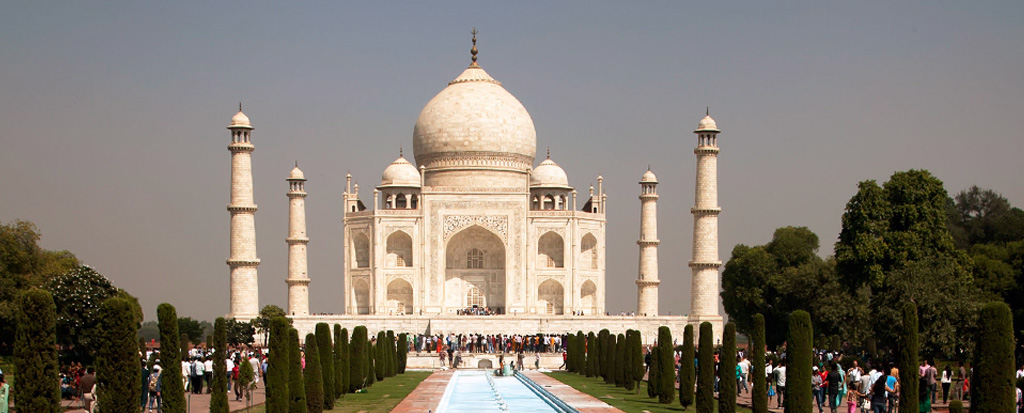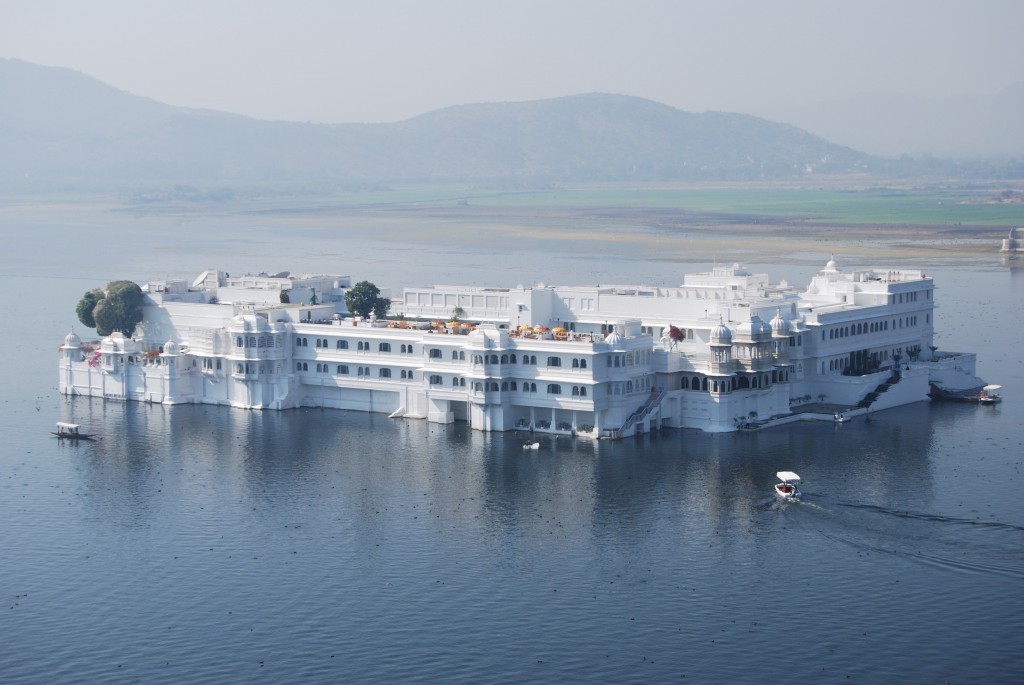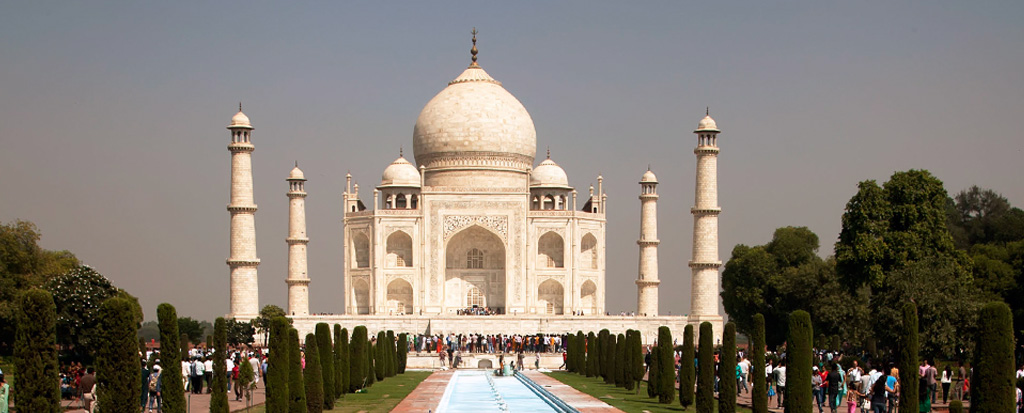Junagadh remained important as a regional capital until the 5th century. Then under the Rajputs and Solankis it was less important, as power centers shifted to near Bhavnagar (until the 10th century), later to Patan (until the 15th century), where it stayed when the whole of Gujarat became a province of the Delhi Sultanate, and then to Ahmedabad when Gujarat again became an independent Sultanate. The Mughals took over in the early 16th century, and continued to rule from Ahmedabad, so it was not until the mid 18th century as Mughal rule was in decline that Junagadh once again became an independent princely state, established by an Afghan named Sher Khan Babi, with its capital here.
HOW TO REACH
By Air:-
As Junagadh does not have an airport of its own, one has to avail the services at the Keshod Airport in order to reach Junagadh by air. This airport is the closest one to the city at a distance of 40KM. Direct flights to Mumbai can be availed from this domestic airport. You can also reach Junagadh by air through airports at Porbandar and Rajkot, standing at a distance of 113 and 99 kilometers in that order.
By Road:-
There are numerous buses running in between Junagadh and the other nearby locations. Rajkot and Sasan has direct routes to this city. The drive either from Sasan or from Rajkot will not take more than two hours. You can easily distinguish how to reach Junagadh as major places like Una, Ahmedabad, Jamnagar and Veraval are linked with this spot and are located some 130KM, 320KM, 140KM and 85KM far from the city respectively.
By Train:-
Junagadh has a prominent railway station which has well connectivity via rail to the major Indian cities like Ahmedabad, Veraval and Rajkot. Trains also run between the nearby locations close to Junagadh.
WHAT TO SEE
 Ayurvedic Museum:-

Ayurvedic Museum, Junagarh is situated in Ayurvedic College at Sadarbag. It is located in the western part of the town. At this site, the tourists can learn more about ancient medicine. The museum also provides a detailed knowledge about natural medical treatment.
Â
Ahmadpur Mandvi:-
 The Ahmedpur Mandvi Beach is one of the most sought after places of the entire state of Gujarat. The clear water, fishing hamlets and colorful birds make it one of the most commonly visited places of the region. The tourists can also participate in a variety of water sports and swimming at this place.
The Ahmedpur Mandvi Beach is one of the most sought after places of the entire state of Gujarat. The clear water, fishing hamlets and colorful birds make it one of the most commonly visited places of the region. The tourists can also participate in a variety of water sports and swimming at this place.
Chorwad Beach:-
 Chorwad Beach, Junagarh is located about 66 kilometers from the city. It is connected to the city, as well as the Gir Forest Sanctuary and Girnar, with an excellent network of roadways.
Chorwad Beach, Junagarh is located about 66 kilometers from the city. It is connected to the city, as well as the Gir Forest Sanctuary and Girnar, with an excellent network of roadways.
Damodar Kund:-
 Damodar Kund, Junagadh is one of the most popular tourist attractions of the region. It is actually a bath tank, which is situated at the Girnar Hill foot region. This tank is located close to the Revati Kund. Damodar Kund is considered very sacred as Lord Shiva and Goddess Parvati’s garments are believed to have dropped here. The temple called Damodarji Temple is located towards the north of the Damodar Kund.
Damodar Kund, Junagadh is one of the most popular tourist attractions of the region. It is actually a bath tank, which is situated at the Girnar Hill foot region. This tank is located close to the Revati Kund. Damodar Kund is considered very sacred as Lord Shiva and Goddess Parvati’s garments are believed to have dropped here. The temple called Damodarji Temple is located towards the north of the Damodar Kund.
Ashoka’s Rock Edicts:-

Ashoka’s Rock Edicts, Junagarh is one of the most popular sites in Gujarat that attract tourists from the different parts of the world. The inscriptions narrate the story of Ashoka’s repentance. Moreover, the inscriptions oppose greed and animal sacrifice and preach 16 principles, viz. purity of thought, devotion, secular thinking, kindness, senses and gratitude.
Uparkot Fort:-

Uparkot Fort, Junagarh is situated at the foot of the Girnar Hills. It was built during the Nawabi period. Chandragupta Maurya is said to have constructed the fort in 319 BC. It was rebuilt by many kings over the centuries. The fort was abandoned between 7th and 8th centuries. However, the fort was rediscovered in 976 AD. The fort, due to its strategic location, is said to have survived about 16 sieges over a period of 1000 years.
Junagadh Zoo:-
 Junagadh Zoo is famous around the world for the Asiatic Lions it boasts of. The zoo is also known as Sakkarbaug Zoological Garden. A trip to Junagadh would remain incomplete without a visit to the Sakkarbaug Zoological Garden.
Junagadh Zoo is famous around the world for the Asiatic Lions it boasts of. The zoo is also known as Sakkarbaug Zoological Garden. A trip to Junagadh would remain incomplete without a visit to the Sakkarbaug Zoological Garden.
Durbar Hall Museum:-

The Durbar Hall Museum, Junagadh provides the tourists an opportunity to have a glimpse at the glory and grandeur of the Nawabs and sultans who have ruled there. The museum was initially a courthouse where cases were heard and was later converted into a museum.
Somnath Temple:-

The most sacred among the 12 jyotirlings in India, Somnath Temple is located in Veraval region of Junagadh district. Somnath means ‘Lord of Moon’ and the town gets its name from the Somnath Temple
Som constructed the temple out of respect after Lord Shiva cured his illness that was caused by Som’s father-in-law Daksha Prajapati’s curse. Daksha Prajapati had cursed Som as he was infatuated with Rohini and was not paying adequate attention to his other 26 wives who were all daughters of Prajapti. It is believed that Lord Brahma advised Som to build the temple to honor Lord Shiva
SHOPPING:-
Shopping in Junagadh is all about buying artefacts in wood and marble. The bazaars of Junagadh have a quaint old world charm – no high-rise shopping malls here – instead narrow alleys with shops selling bric a brac. Junagadh is known for its herbal medicines as well as footwear and artefacts in marble and wood.
FOOD:-
Nothing elaborate on the food front. But local shops will give decent, filling local food. Typically vegetarian, Gujarati Thali would consist of Roti, Dal or Kadhi, Rice and Vegetable Curries. You can also try out the famous Khichdi with Chaas (Buttermilk). Gujarat is a dry state, so you wouldn’t find alcohol here.






Recent Comments